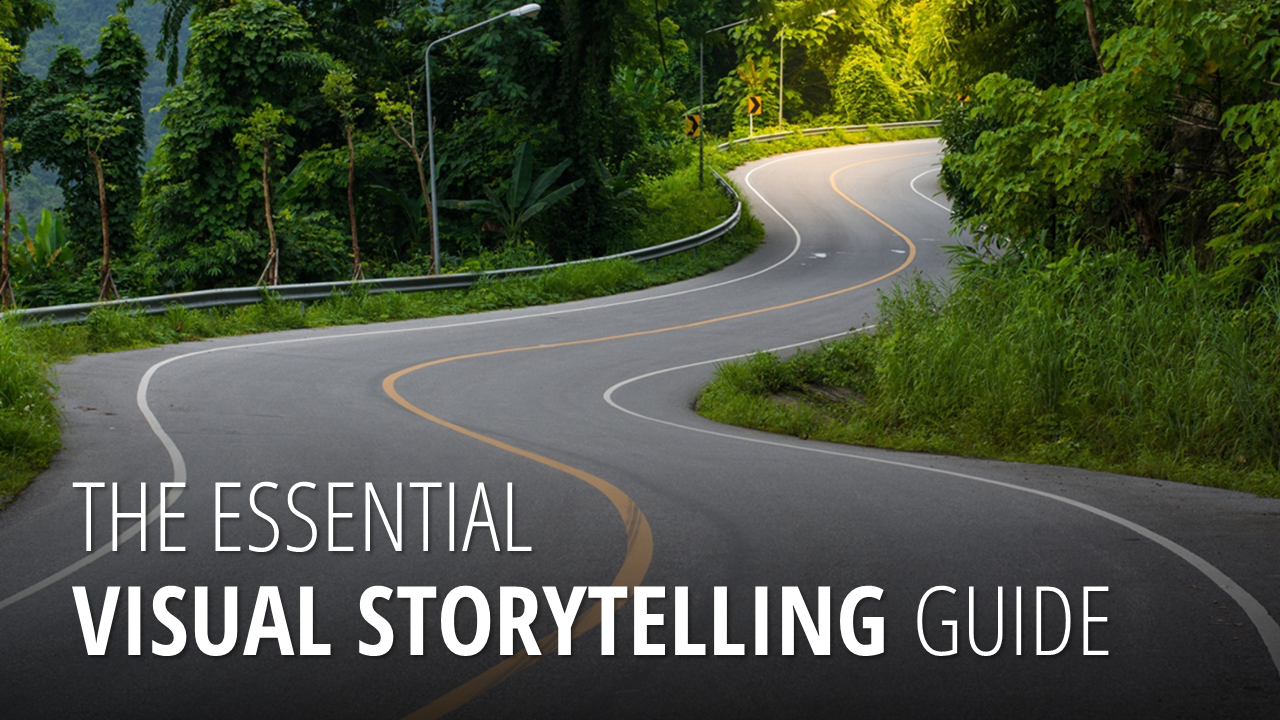Ever wish you had a guidebook for becoming a strategic, influential communicator? This one’s for you. Because, let’s face it: We all strive to come across as credible, authentic, and persuasive in our business lives. Luckily, it all boils down to one basic skill that we’re all capable of: how well we’re able to clearly communicate our ideas and insights.
To truly influence decisions, we must cut through the noise—the endless meetings, flooded inboxes, and barrages of data—to get our message heard. So how do we up-level the way we communicate in today’s (chaotic) business environment? The trick is to turn our facts, data, and ideas into a compelling, audience-centric narrative. But how do we do this? Visual storytelling.
For many of us, visual storytelling may seem confusing, complicated, or time-consuming. But the truth is… it isn’t. With a little organization and inspiration, everyone can become a visual storyteller and apply it to any type of business communication. Really.
Whether you need to craft a compelling business narrative for your next high-stakes meeting, create easy-to-scan slides that capture your audience’s attention, transform your data into meaningful insights, or deliver a flawless virtual meeting, this toolkit is for you. We’ve compiled some of our favorite tips—taken directly from TPC’s award-winning workshops delivered to Fortune 500 teams around the globe—into a one-stop shop for everything you need to know about visual storytelling.
Your Business Storytelling Toolkit
By now, everyone knows the value of business storytelling—it’s the best way to organize your ideas and drive conversations forward. The beauty of business storytelling is that it works whether you’re giving a presentation, sending an email, building a one-page leave-behind, having a lunch meeting, or even leaving a voicemail. No matter the medium, it’s the way to persuade and motivate your audience to take action—and it’s remarkably easy. All it takes is following a simple storytelling framework that drives one BIG Idea forward. And the real magic of this framework? It guides you on precisely which ideas to include—the ones that advance the narrative—and which to leave out.
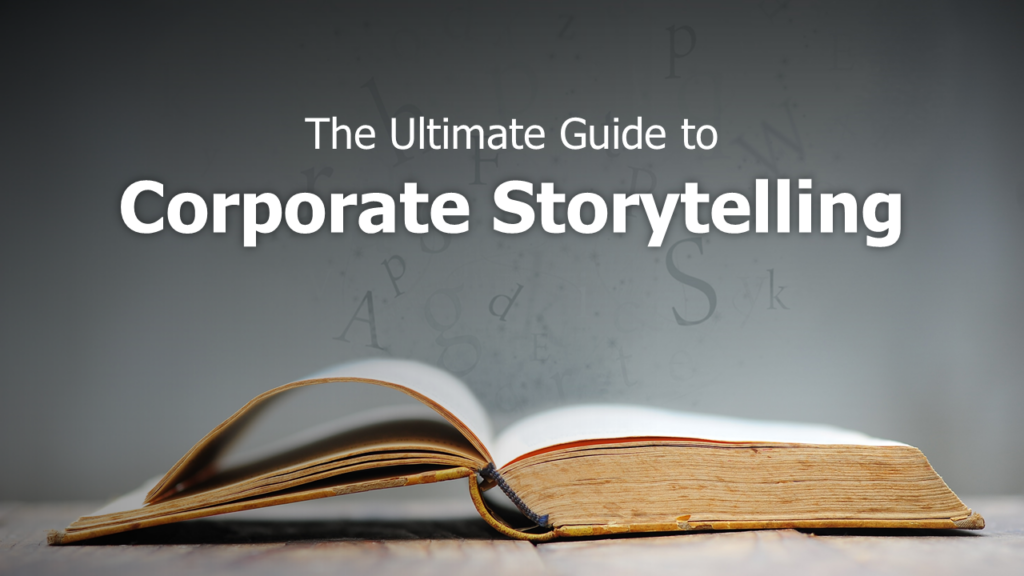
Check out our Ultimate Guide to Corporate Storytelling for strategies to jumpstart your own business stories, including the four signposts of a great story, how to isolate your BIG Idea, and the importance of always putting your audience’s needs first.
Visual Messaging 101
Storytelling is great, but storytelling without visuals is only half the story. Molecular Biologist John Medina tells us why: three days after hearing a piece of information, you typically only remember 10% of it. But with visuals added? It jumps to 65%. That’s because visuals humanize information, making visual messaging a potent way to connect with your audience. But we’ll be the first to warn you: more bright, shiny visuals are not necessarily better. You must choose your visuals wisely. Everything you build must be relevant, bolster your insights, and support your story. Distracting visuals do exactly the opposite.
But the reality is, most of us are busy and don’t have time to tinker endlessly with slides. To save time, we borrow, reuse, and repurpose existing slides. We put together a deck that may look pretty but is cobbled together into a narrative mess. These “Frankendecks” happen all the time when presenters don’t have a visual slide strategy.
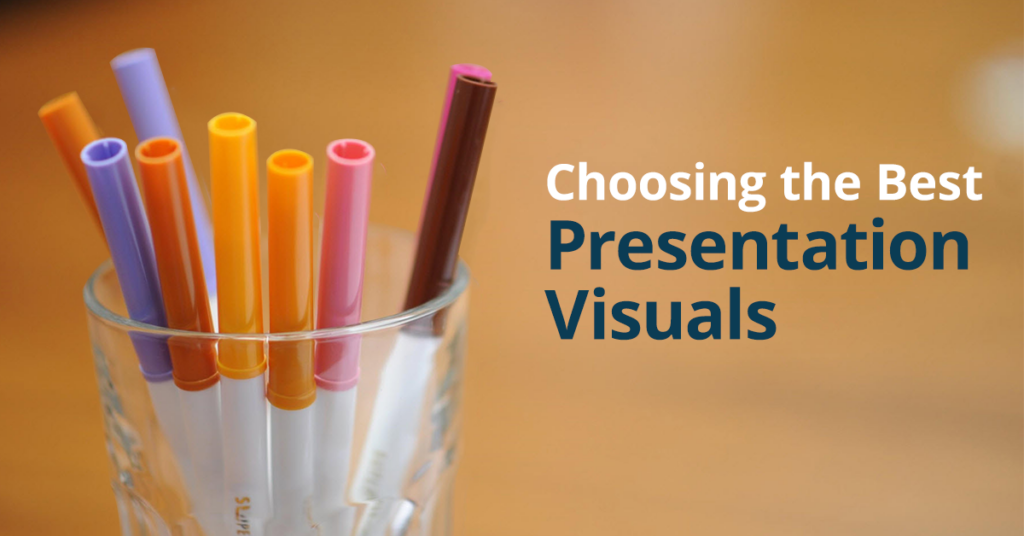
In this Easy Guide to Choosing the Right Presentation Visuals, you’ll learn visualization techniques that’ll strengthen your presentation design and get you thinking outside the box. You’ll learn five basic ways to display information, how to use slide headlines to move your story forward, and finally, discover an ingenious navigation technique that can turn anyone into a responsive, nimble visual storyteller.
A Data Visualization Primer
Data is powerful. Data supports our ideas. Data helps us get decisions made. Right? Right…?
Well, sometimes. But too much data can actually hinder decision-making. Why? Because data is only truly valuable when it directly promotes your story’s key message. This can be tough when you’re sitting on a pile of valuable data that you spent weeks—maybe even months—collecting. Nevertheless, great data visualization requires thoughtful editing and some simple visualization techniques. Just like any good business story, you must only use the metrics that push your BIG Idea forward, then display them in a way that makes your insights clear at-a-glance. The best part? You don’t have to be a designer to master data visualization strategies.
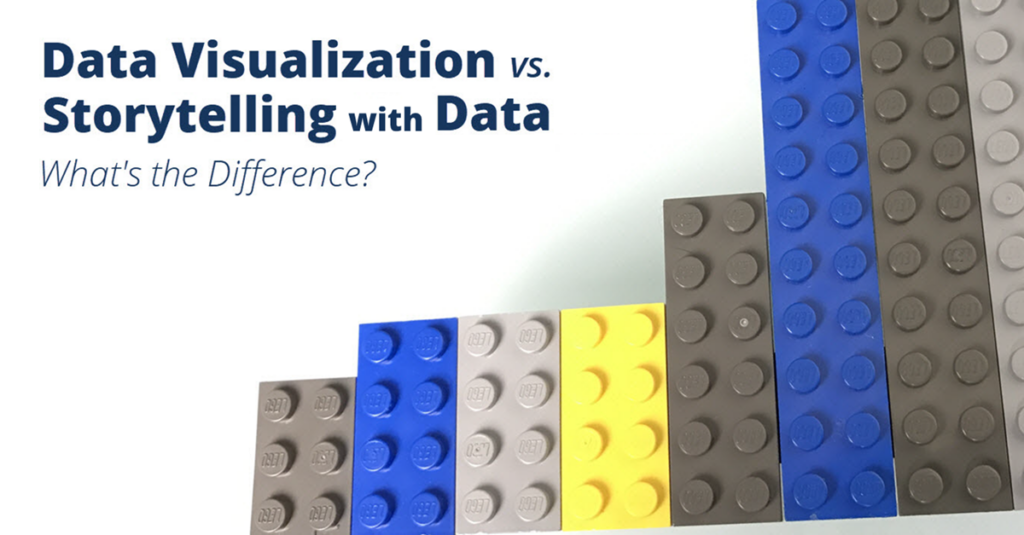
In the Ultimate Guide to Data Visualization vs. Storytelling with Data, we include some of our favorite examples for how to turn your numbers into narratives.
Plan, Design, and Deliver Effective Virtual Meetings
Online meetings can be a rich, interactive vehicle for communicating ideas when you can’t meet in person. But too often, they become boring, overlong, or marred by technical challenges. So, let’s get one thing totally straight: virtual meetings must be built and conducted differently than face-to-face meetings. They require mindful planning, clear design, and built-in audience interaction.
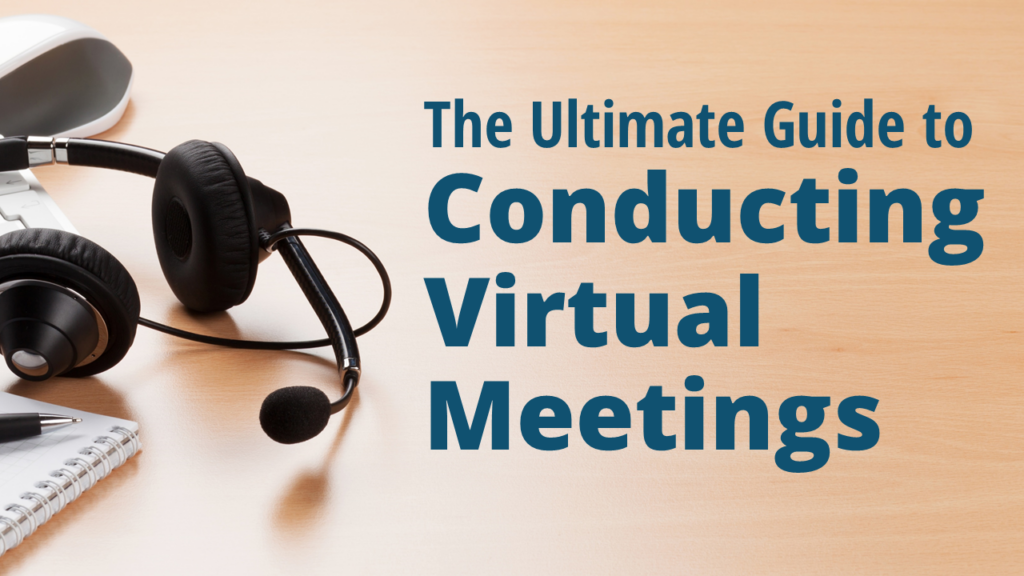
Check out our Ultimate Guide to Conducting Virtual Meetings for strategies that will help you create a two-way dialogue, come across confidently, and build your “virtual body language” —in any virtual platform. You’ll understand key differences between presenting virtually vs. meeting face-to-face, discover a simple but brilliant technique to guarantee audience interaction, and explore how to avoid some of the most common (and painful) virtual meeting mistakes.
Your Visual Storytelling Toolkit
There you have it, your complete toolkit to infusing visual storytelling into any type of business communication. Want a deeper dive? Our team workshops will help you master these skills and up-level the way you communicate. Get in touch to learn more.
